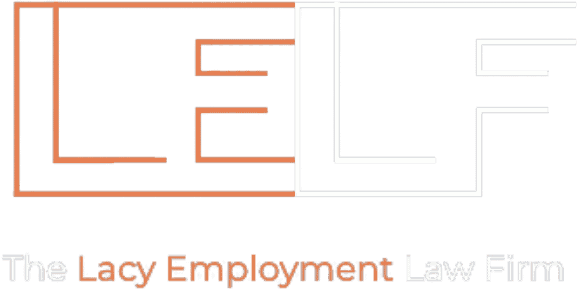Maternity leave is crucial for new parents to bond with their children and recover from childbirth. However, the experience of returning to work after maternity leave can be a mix of excitement and challenges.
This article will explore the rights and protections afforded to employees during and after maternity leave. We will discuss the expectations and transition experienced on the first day back to work and the legal protections available to prevent unlawful termination.
We will also delve into evaluating termination circumstances, gathering evidence to support a claim, and the process of filing complaints.
Additionally, we will examine alternative dispute resolution methods, such as mediation and settlement options. Finally, we will address the importance of moving forward with career opportunities and growth after facing such challenges.
Understanding Maternity Leave Rights and Protections
Maternity leave is a crucial period for new parents as they adjust to the demands of parenthood while also maintaining their careers.
Understanding their rights and protections during this time is essential for a smooth transition back to the workplace. Here are some key points to consider regarding maternity leave rights and protections:
- Maternity leave is governed by laws and regulations that vary across countries.
- These laws aim to protect the rights of employees and provide a designated period of time off work for new parents.
- It is important for employees to understand their rights and protections during and after maternity leave.
- This understanding allows employees to navigate the post-maternity leave period confidently.
- Employers also have a responsibility to create a supportive and inclusive work environment for returning employees.
Maternity leave is a significant time in the lives of new parents, and being aware of their rights and protections ensures a smooth transition back to the workplace.
By promoting an inclusive and supportive culture, employers can contribute to the well-being and success of their employees.
Source: Pexels
Legal Protection Against Unlawful Termination
Employees terminated shortly after returning from maternity leave may question the legality of their dismissal. Federal and state laws protect against discrimination, including discrimination based on pregnancy and maternity leave.
The Pregnancy Discrimination Act of 1978 protects employees from discrimination based on pregnancy, childbirth, abortion, or medical conditions related to pregnancy or childbirth as long as the employer has 15 or more employees.
The Pregnancy Discrimination Act (PDA) is a key federal law prohibiting employers from treating employees unfavorably due to pregnancy or childbirth-related conditions. Understanding these legal protections is essential for assessing the validity of a termination.
Evaluating the Circumstances of Termination
When faced with termination on the first day back from maternity leave, it is important to evaluate the circumstances surrounding the decision carefully.
Understanding the reasons for termination and assessing the timing and potential discriminatory factors can help determine if the termination was unjust.
Seeking legal advice from an employment attorney can guide in evaluating the situation and determining the appropriate course of action.
The EEOC has a success rate of nearly 96% when it comes to district court cases stemming from EEOC complaints.
Source: Pexels
Documenting and Gathering Evidence
When challenging a wrongful termination, it is crucial to maintain thorough records and documentation. Gathering evidence that supports a claim of discriminatory termination based on maternity leave is essential. This may include:
- Documenting conversations and interactions related to the termination.
- Saving emails or any written communication that may be relevant.
- Keeping records of performance evaluations or any feedback received.
Open communication with supervisors and HR during the termination process can also help gather pertinent evidence and provide clarity on the circumstances surrounding the termination.
In addition to documenting conversations, emails, and performance evaluations, it is important to gather any other relevant information that supports your claim. This may include:
- Any written policies or procedures related to maternity leave and employment rights.
- Witness statements or testimonials from colleagues who can corroborate your experience.
- Any documentation showing a pattern of discriminatory behavior or treatment towards employees returning from maternity leave.
By gathering comprehensive evidence, you can strengthen your case and provide a clear picture of the circumstances surrounding your termination.
Remember to keep all documents and evidence organized and easily accessible, as they may be crucial during any legal proceedings or discussions with relevant authorities.
Filing a Complaint and Seeking Legal Recourse
If the termination appears unjust, filing a complaint with relevant authorities is an important step in seeking recourse.
Filing a complaint may involve reporting the incident to a government agency or regulatory body that handles employment-related matters.
Working with an employment attorney can help navigate the complex legal landscape and assess the available legal options. Potential outcomes and remedies for wrongful termination will vary depending on the jurisdiction and the case’s specific circumstances.
Exploring Mediation and Settlement Options
Exploring alternative dispute resolution methods can be a viable option in certain situations when facing wrongful termination after maternity leave. Here are some important points to consider regarding mediation and settlement options:
- Mediation: Mediation involves engaging in facilitated negotiations with the assistance of a neutral third party. It provides an opportunity for both parties to express their concerns and work towards a mutually acceptable resolution.
- Settlement: Settlement typically involves reaching a compromise with the employer, often in the form of financial compensation or other agreed-upon terms.
- Considerations: When considering mediation or settlement, it is important to assess the strength of your case, the potential outcomes of litigation, and the costs involved.
- Thoughtful Approach: Engaging in negotiations and potential resolutions requires a thoughtful and strategic approach.
Exploring mediation and settlement options can provide a pathway to resolve conflicts and seek fair resolutions in cases of wrongful termination.
Source: Pexel
Conclusion
Being fired on the first day back from maternity leave can be a devastating experience for new parents. Understanding and asserting maternity leave rights and protections is essential to address unlawful termination.
Employers can foster an inclusive workplace culture by creating supportive work environments that prioritize the well-being of new parents.
Together, employees and employers can ensure that maternity leave is a time of growth and empowerment rather than a source of discrimination or unfair treatment.
The above is for informational purposes only and does not constitute legal advice. You should always contact an experienced lawyer for advice on legal issues pertaining to your circumstances.
















